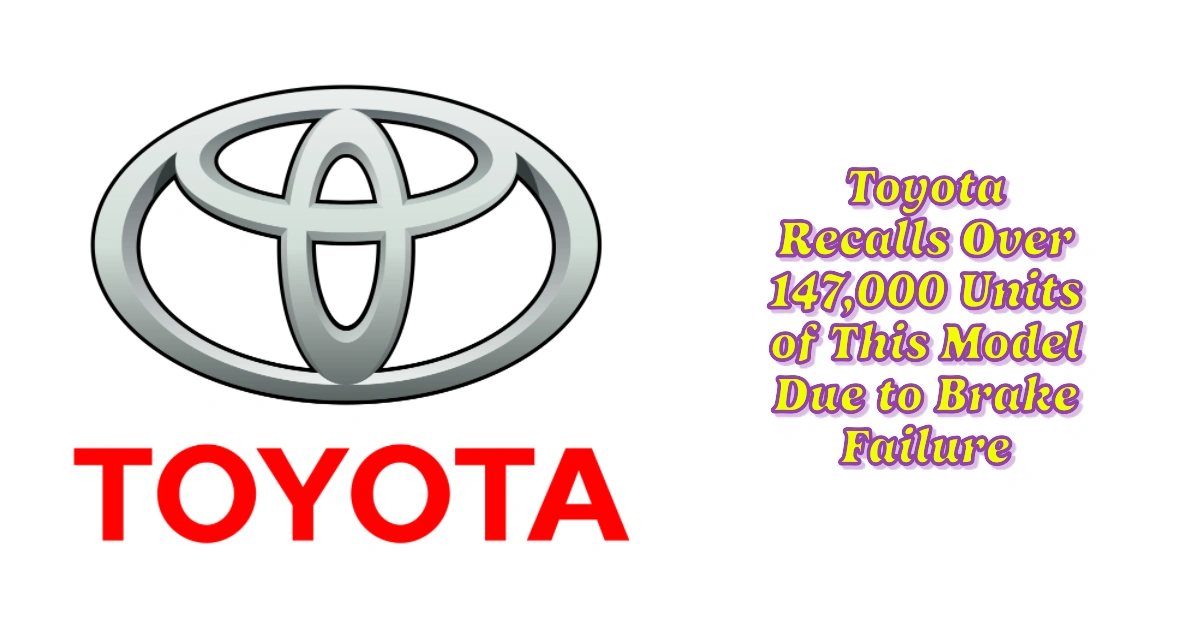When planning for retirement, it’s important to understand the various savings options available to you. One of the most popular in Canada is the Registered Retirement Savings Plan (RRSP). While RRSPs offer significant benefits, they also come with certain drawbacks that could impact your long-term financial health.
Table of Contents
How Do RRSPs Work?
The RRSP was introduced by the Canadian government in 1957 to help workers save for retirement, especially those without access to employer-sponsored pension plans. RRSPs allow Canadians to contribute a portion of their income to a tax-advantaged account. Contributions are tax-deductible, meaning they reduce your taxable income for the year, and any growth in the account is tax-deferred. This means you won’t pay taxes on the investments until you withdraw the funds, typically in retirement when your income—and therefore your tax rate—may be lower.
RRSPs can hold a variety of investments, including stocks, bonds, ETFs, GICs, and more. The maximum annual contribution limit is set by the government and is based on your income.


Key Disadvantages of RRSPs
While RRSPs offer valuable tax advantages, there are also some downsides to consider:
- Tax Implications: Although contributions to an RRSP are tax-deductible, withdrawals during retirement are fully taxable. If you have a high income in retirement, you could face a significant tax burden, reducing the amount of money available to you.
- Restricted Withdrawals: One major drawback of RRSPs is the penalty for early withdrawals. If you withdraw funds before retirement, you’ll pay a withholding tax on the amount withdrawn, and you’ll also permanently lose that contribution room. This makes RRSPs less flexible if you need access to your savings in an emergency.
- Impact on Government Benefits: Withdrawals from your RRSP can affect your eligibility for government benefits like Old Age Security (OAS) and the Guaranteed Income Supplement (GIS). The additional income from RRSP withdrawals can reduce the amount of these benefits you receive, impacting your overall retirement income.
Canada Retirement Age 2024: Is it 65 or 67?
Grow Your Wealth: Top 3 Best Passive Income Investments for Canadians
TFSA Contribution Limit 2024: How Much Can You Save in Canada?
Canadians: How to Maximize Your TFSA for Retirement Income
$300 For Canadian Senior Citizens: What is & Who Qualifies Senior One-time Payment?
Alternatives to Help You Save for Retirement
RRSPs can still be a powerful tool for retirement savings, especially if your employer matches your contributions. However, it’s important to consider other options to ensure a well-rounded retirement plan:
- Maximize TFSA Contributions: The Tax-Free Savings Account (TFSA) is one of the best savings and investment vehicles in Canada. Unlike RRSPs, any growth in a TFSA is 100% tax-free, and you can withdraw money without paying taxes. TFSA withdrawals also don’t affect your eligibility for government benefits.
- Use Your FHSA: The First Home Savings Account (FHSA) is a newer option that combines features of both RRSPs and TFSAs. Contributions are tax-deductible, and the funds grow tax-free. If you don’t use the FHSA for a home purchase, you can transfer the funds to an RRSP or RRIF, maximizing your retirement savings.
- Consider Permanent Life Insurance: Certain types of permanent life insurance, such as whole life or universal life, come with a savings component that grows over time. This cash value can be accessed in retirement, offering an additional source of income. However, these products are complex and typically more expensive, so they should be considered as part of a broader financial strategy.
What’s the Best Way to Save for Retirement?
If you’re unsure where to start, consider maximizing your TFSA contributions first and then contribute any remaining funds to your RRSP. This strategy diversifies your retirement savings and provides more flexibility, as TFSA withdrawals won’t impact your future government benefits. By balancing your investments between TFSAs, RRSPs, and other options, you can create a more secure and adaptable retirement plan.







